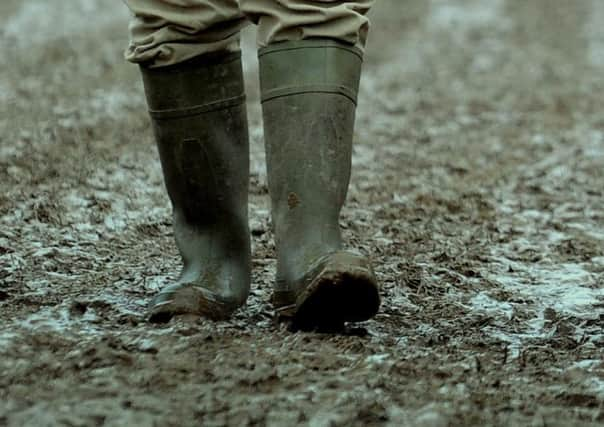Country & Coast: Good riddance to the treacly mire walkers dared tread


Over many decades it became a peaty quagmire of treacly black mud, where I suspect numerous dreams of completing the Pennine Way - which crosses the summit - very quickly turned into total nightmares.
Even the veteran walker Alfred Wainwright detested the place. “Nothing can grow in this acid waste,” he wrote in his Pennine Way Companion. “(It was) a frightening place in bad weather, and a dangerous place after heavy rain. It is not a place to visit unaccompanied, especially after prolonged rainy weather, because of the risk of becoming trapped or even entombed in the seepage hollows, where the wet peat closes over and grips submerged legs like a vice.”
Advertisement
Hide AdAdvertisement
Hide AdI first floundered in its glutinous mud over 25 years ago, a memory that will stay with me forever. Low cloud had turned the hill into a monochrome landscape utterly devoid of colour, and this still counts as one of the scariest walks I’ve had in the English countryside.
So it was with huge delight that I learned at last weekend’s CLA Game Fair at Harewood House that probably the most notorious stretch of footpath in the northern England has been made walkable again, and Black Hill is no longer deserving of its fearsome reputation.
At a stand run by the Leeds University-based Upland Hydrology Group, a partnership that includes research scientists, Yorkshire Water and specialist upland conservation agencies like Moors for The Future, there was an enlarged photograph of how this once-black quagmire had morphed into a verdant ridge. So remarkable was the transformation, in fact, I think the Ordnance Survey should seriously consider renaming the place Green Hill.
Pennine Way walkers now cross the summit by stepping on a line of gritstone flagstones taken from a redundant mill in Lancashire, which is absolutely ironic given that it was the mills and factories of the industrial revolution on the west side of the Pennines which created the pollution that so relentlessly stripped Black Hill of its vegetation over the better part of two centuries.
Advertisement
Hide AdAdvertisement
Hide AdThe acres of peat that were eroded and exposed by acid rain from those clouds of chimney emissions have been stabilised with geo-textile grids, and traditional moorland plants and shrubs like ling, bilberry, cloudberry and cotton grass have been planted in order to “green” the once oozing expanses of black mud.
I’ve heard it said that to understand what happened to Black Hill we should think of a chocolate cake with a hard iced topping. The hill’s outer skin of soil and vegetation - the icing - once held everything tightly together, but once that top inch or two was destroyed then everything beneath it disappeared.
Exposed peat has the consistency of wet chocolate sponge, and it’s impossible to walk on as I and thousands of others will confirm.